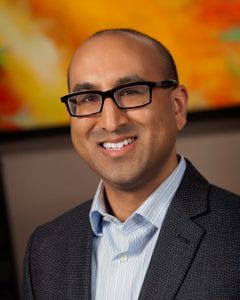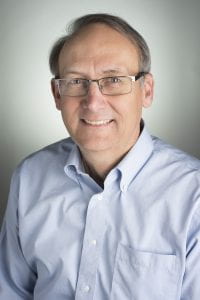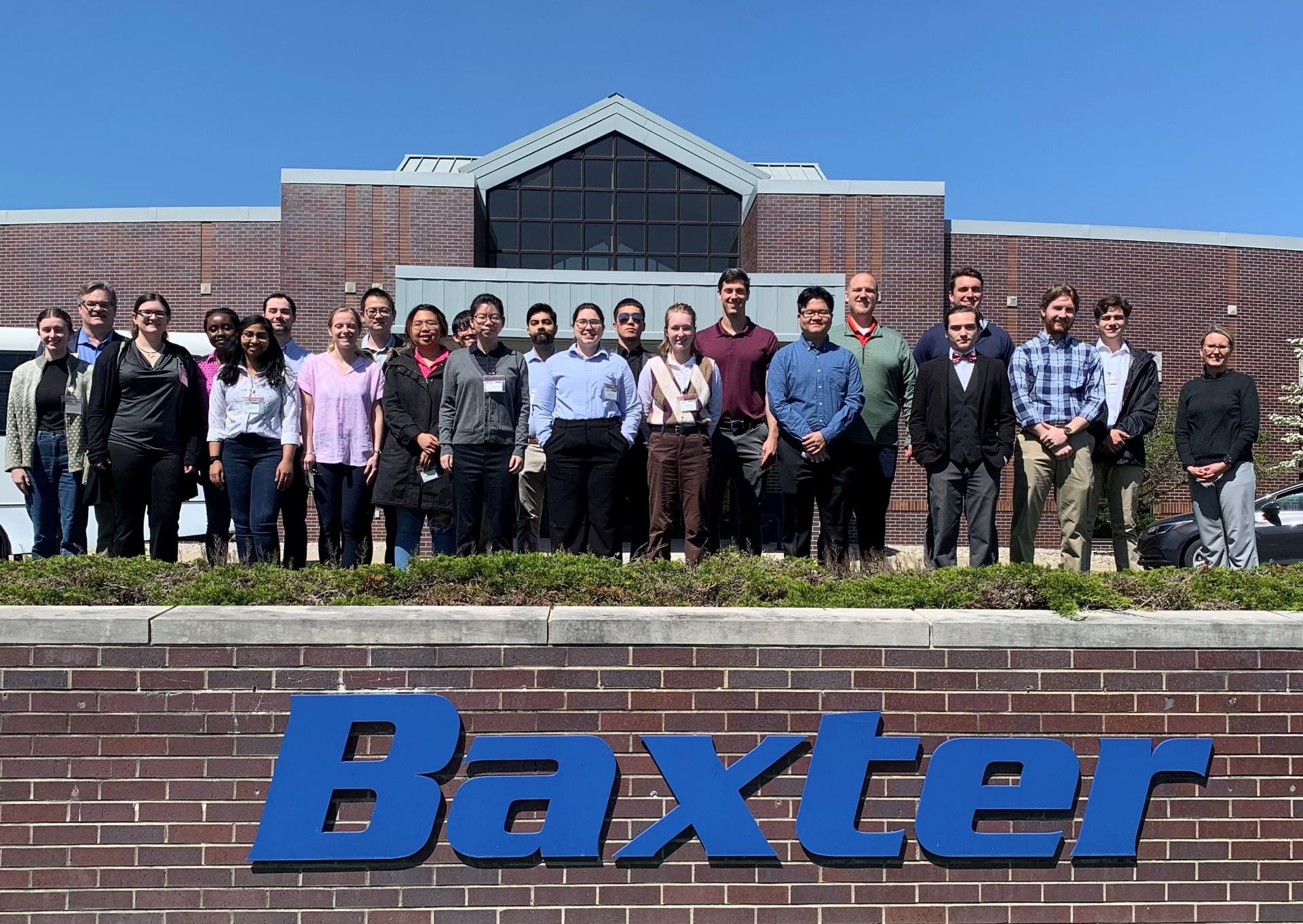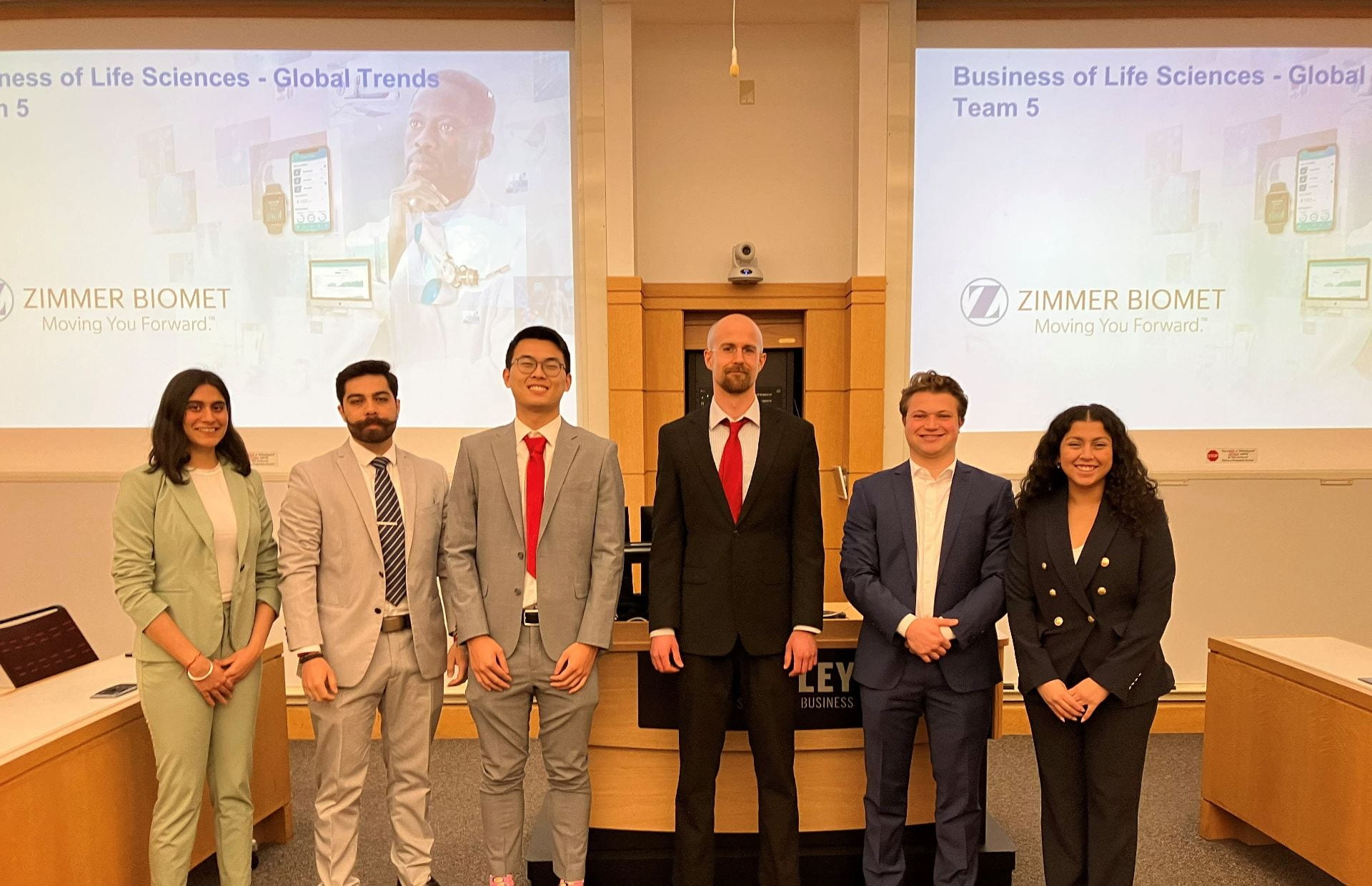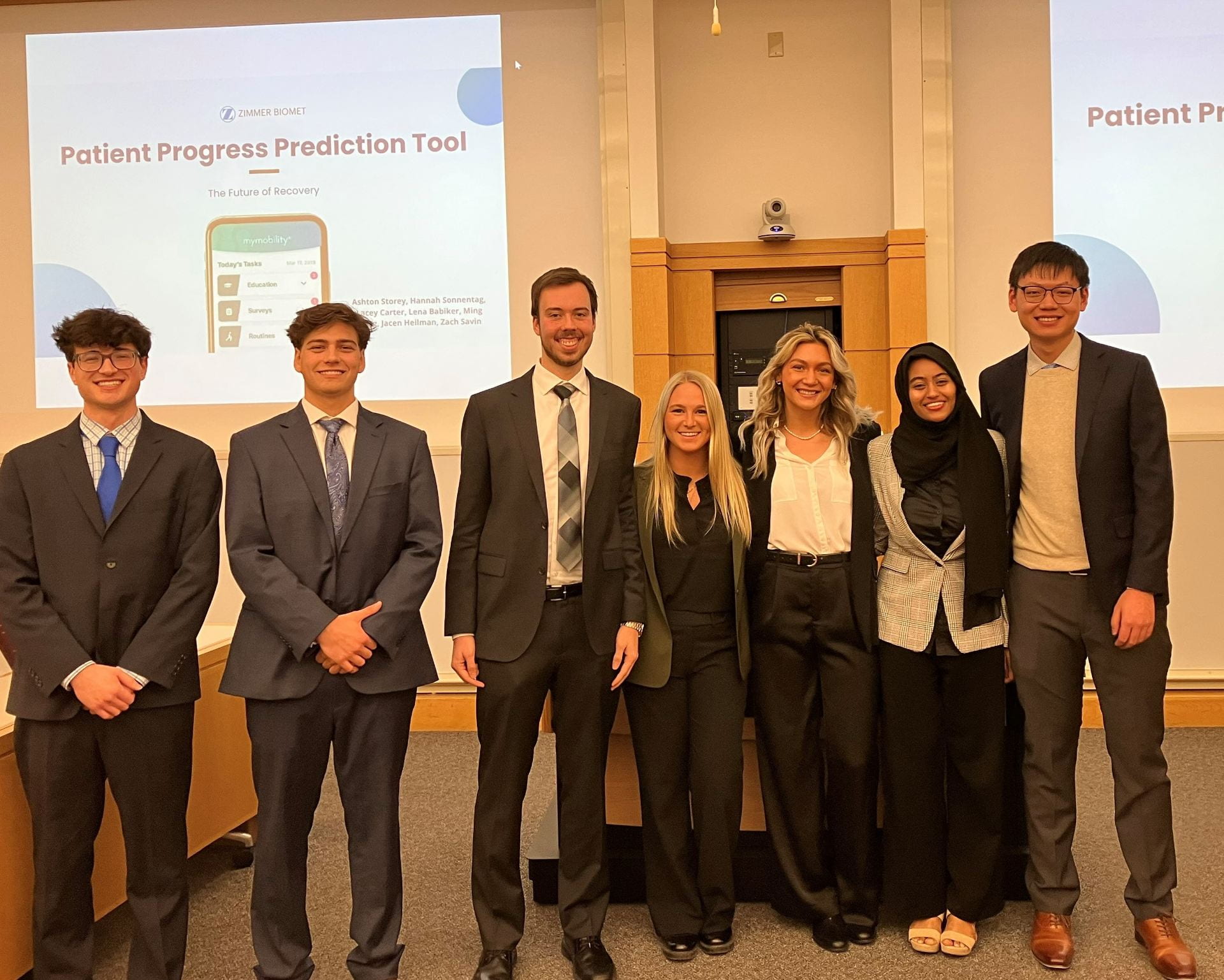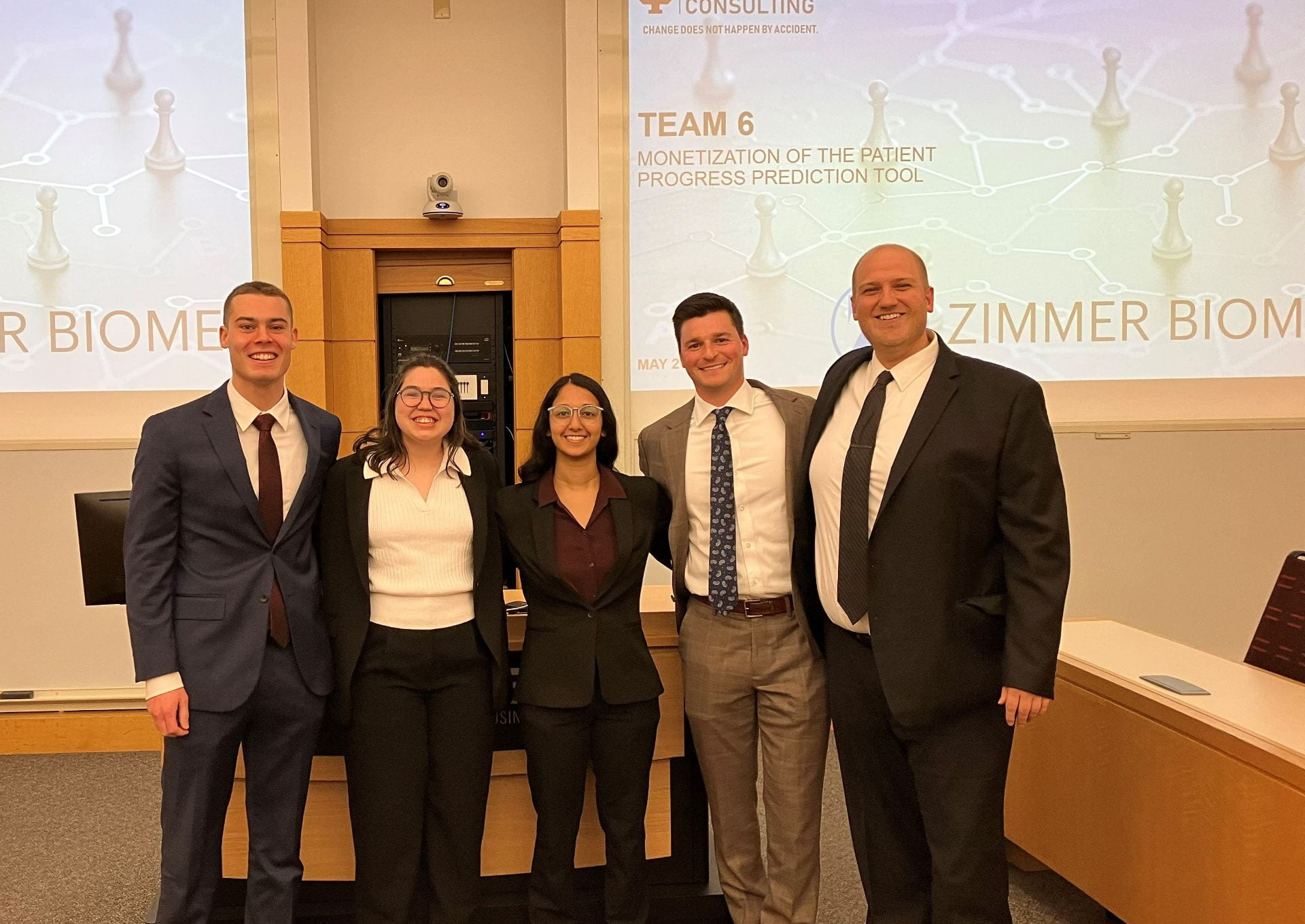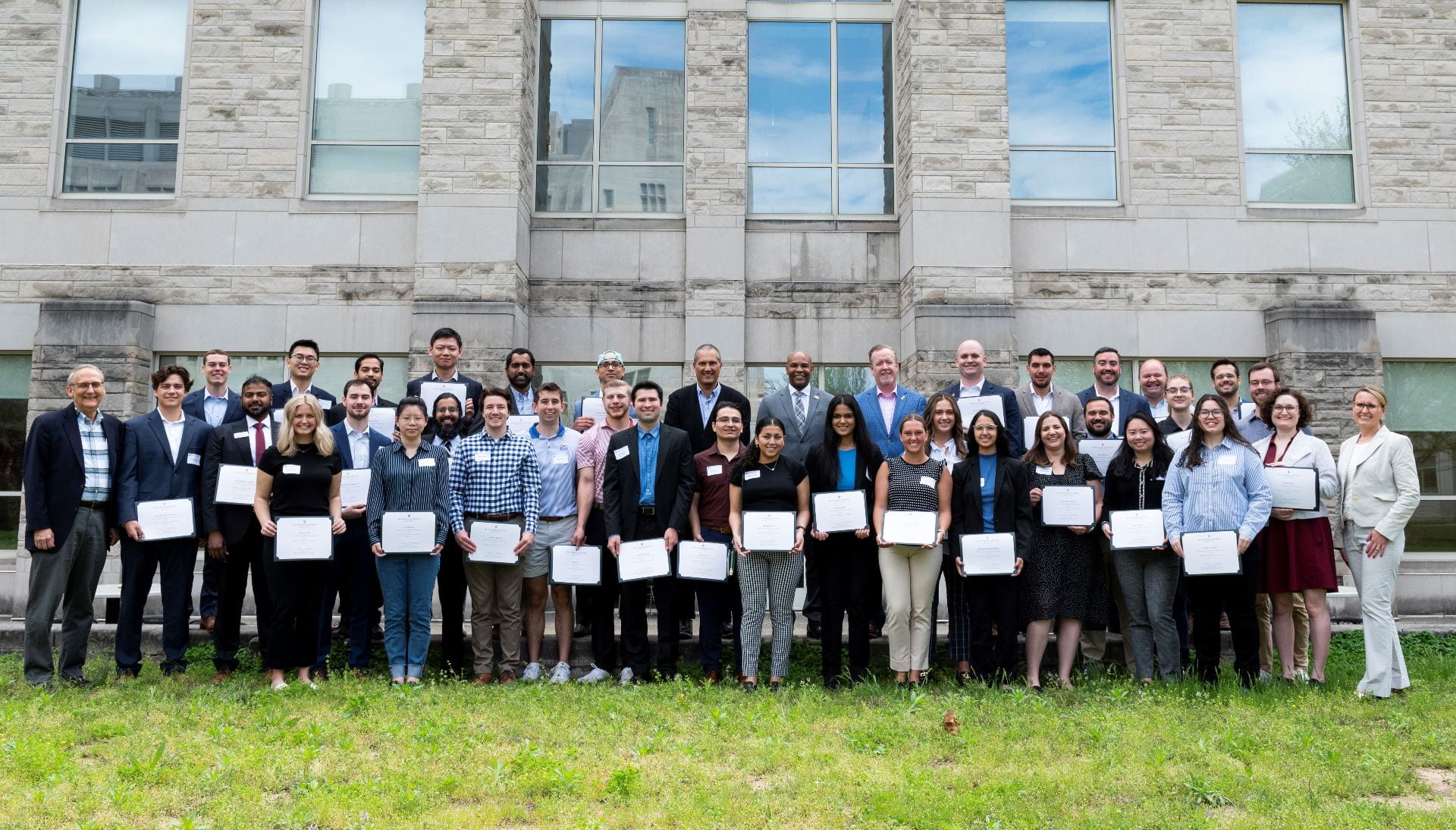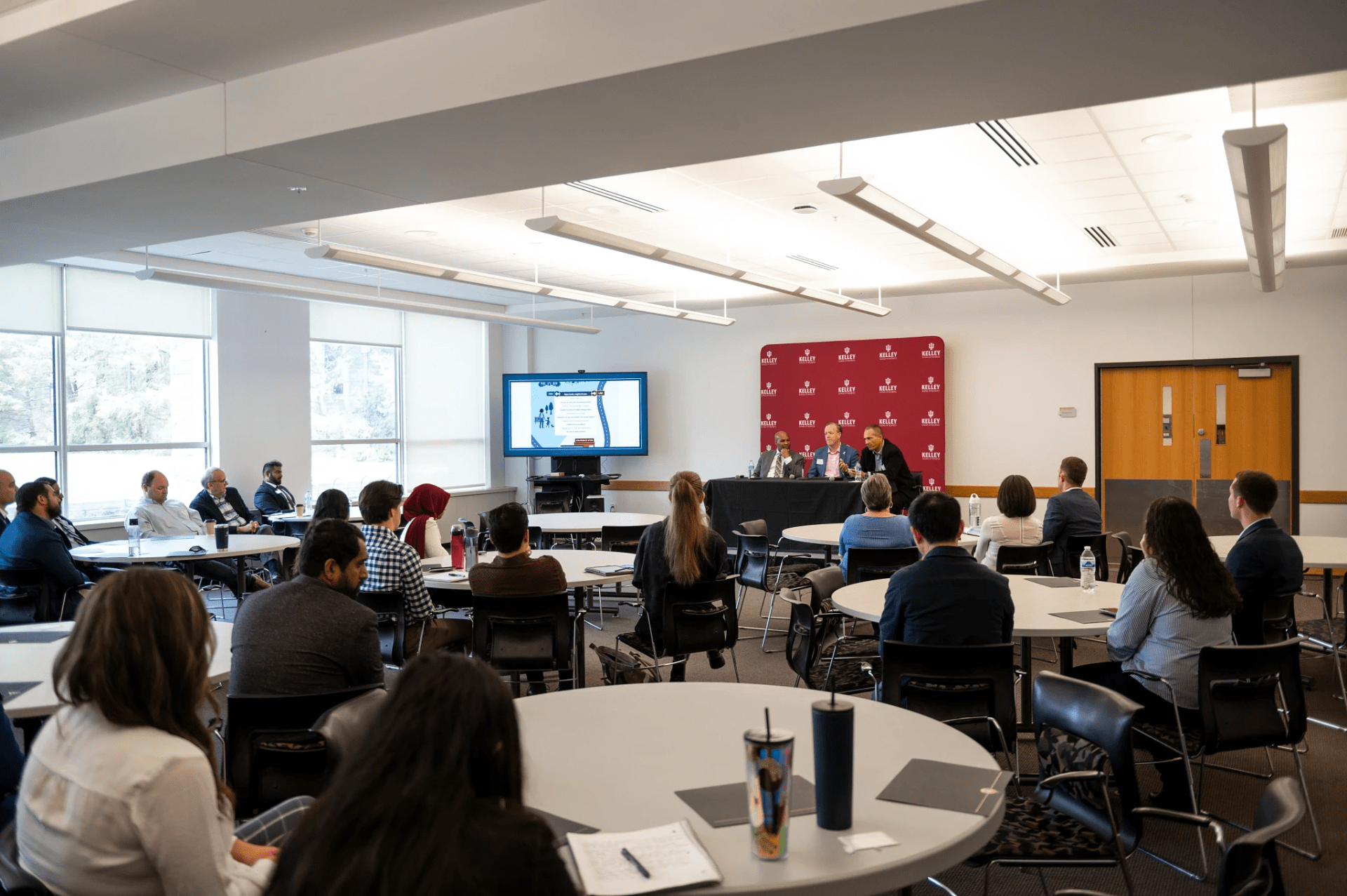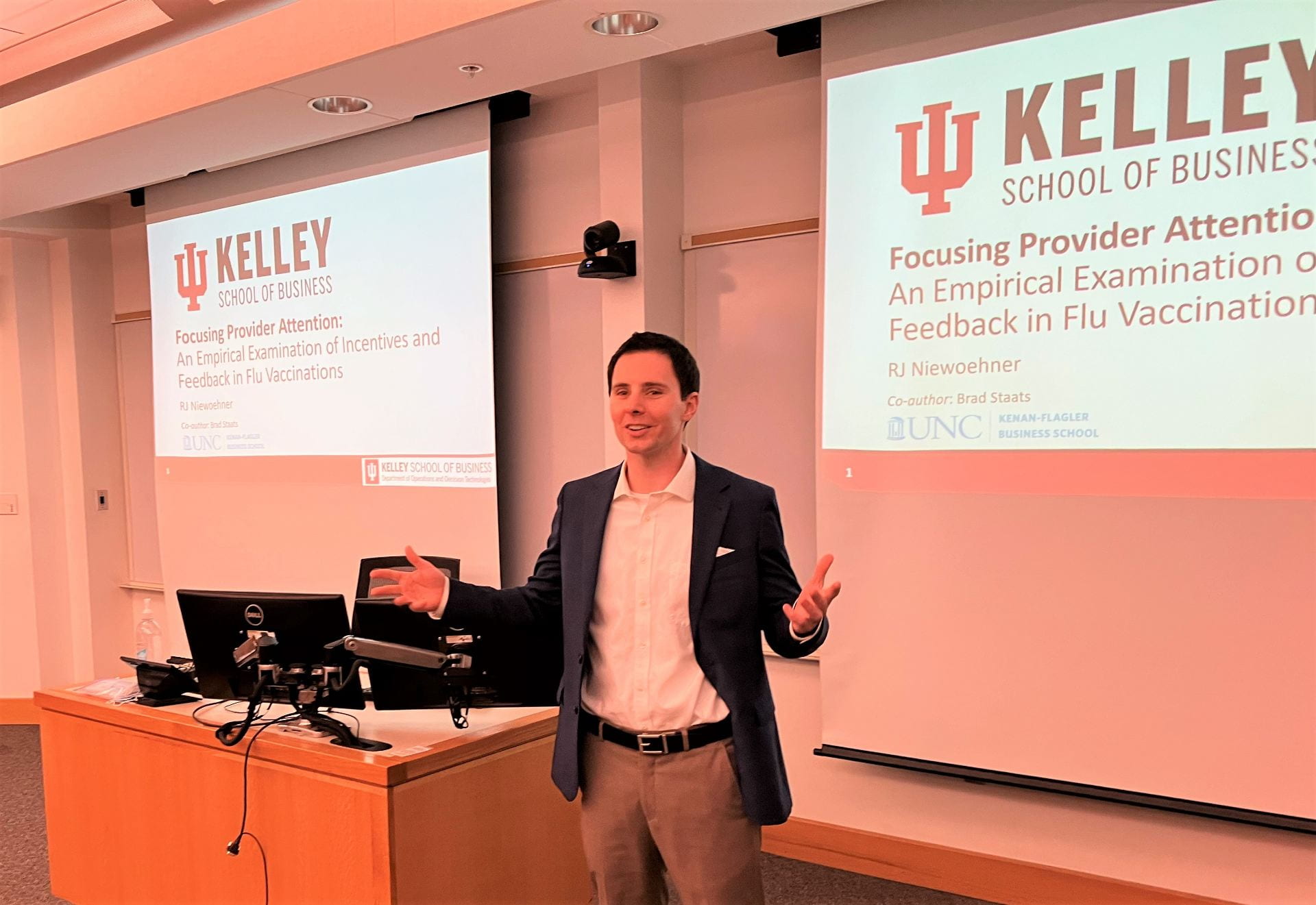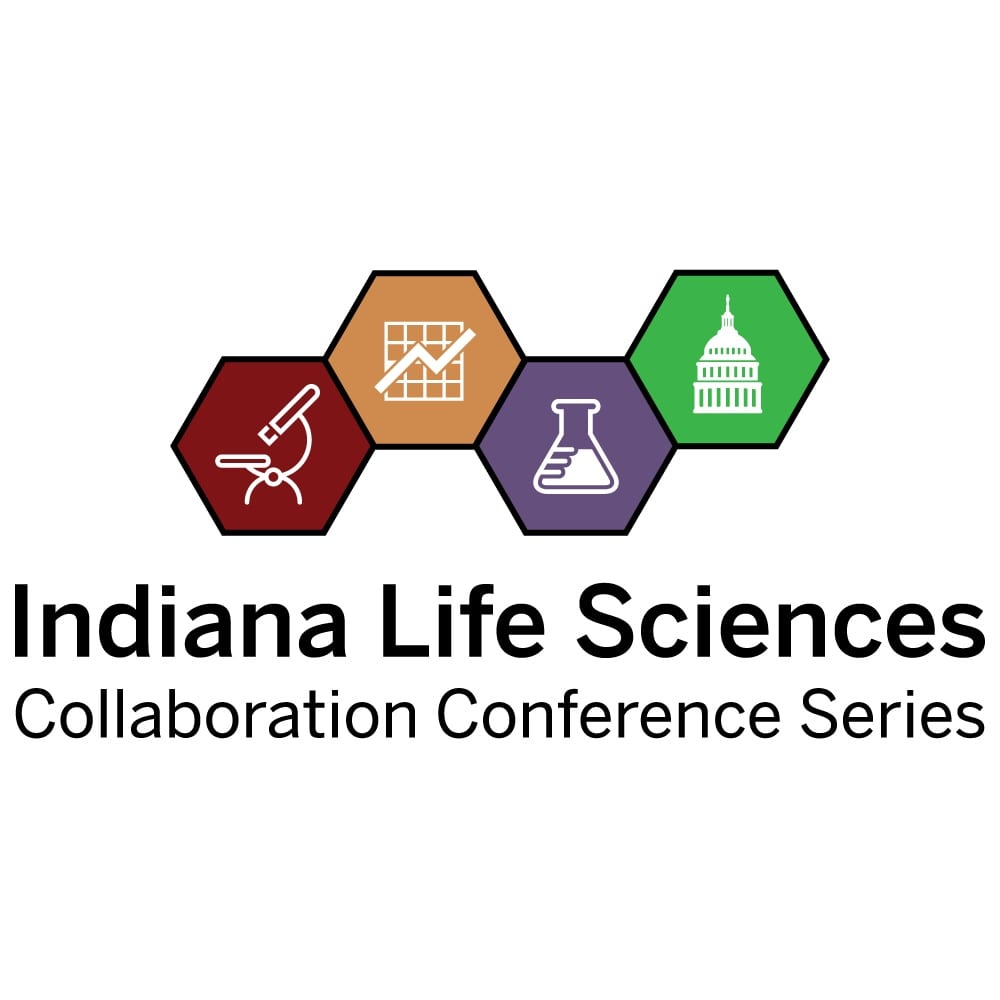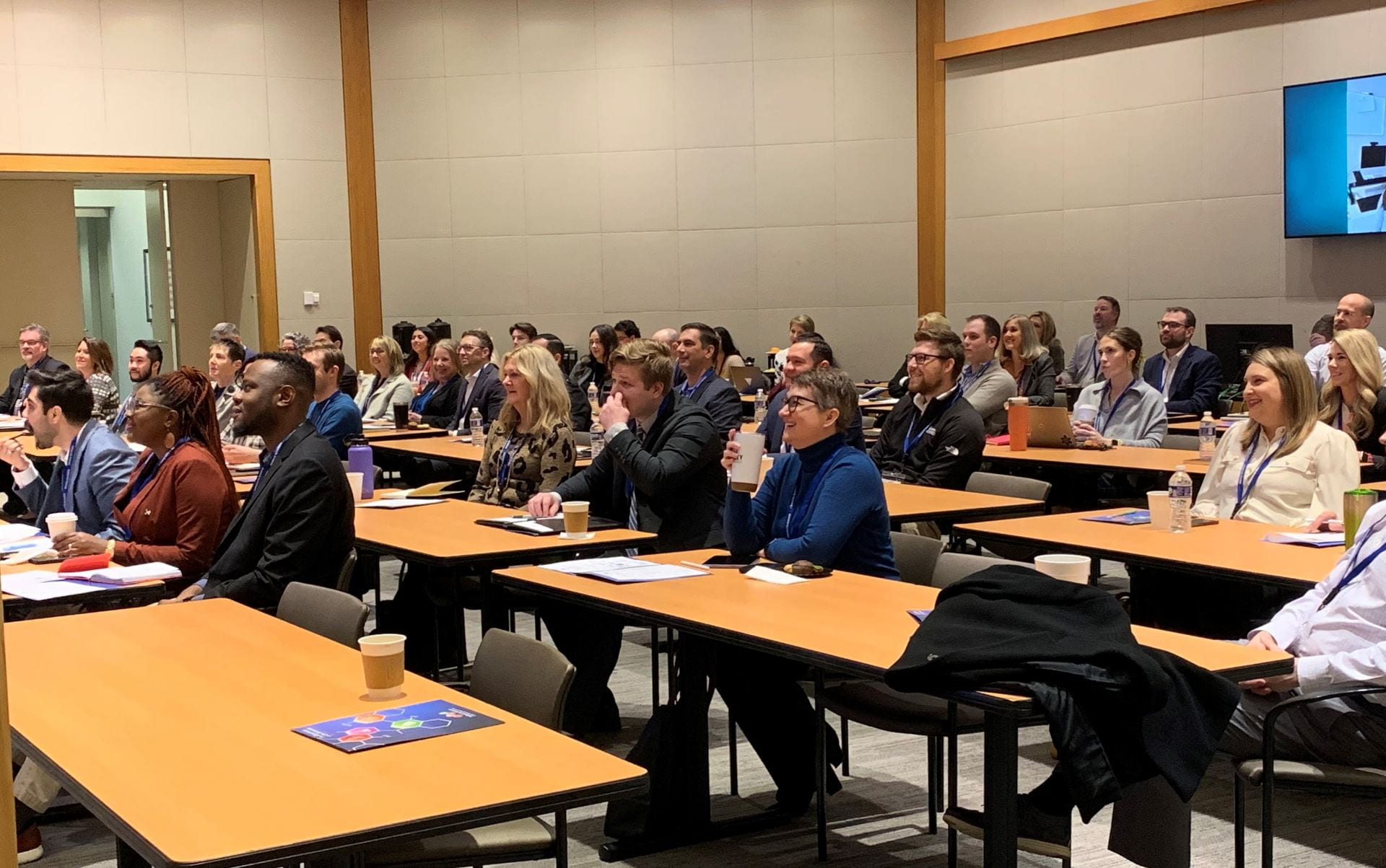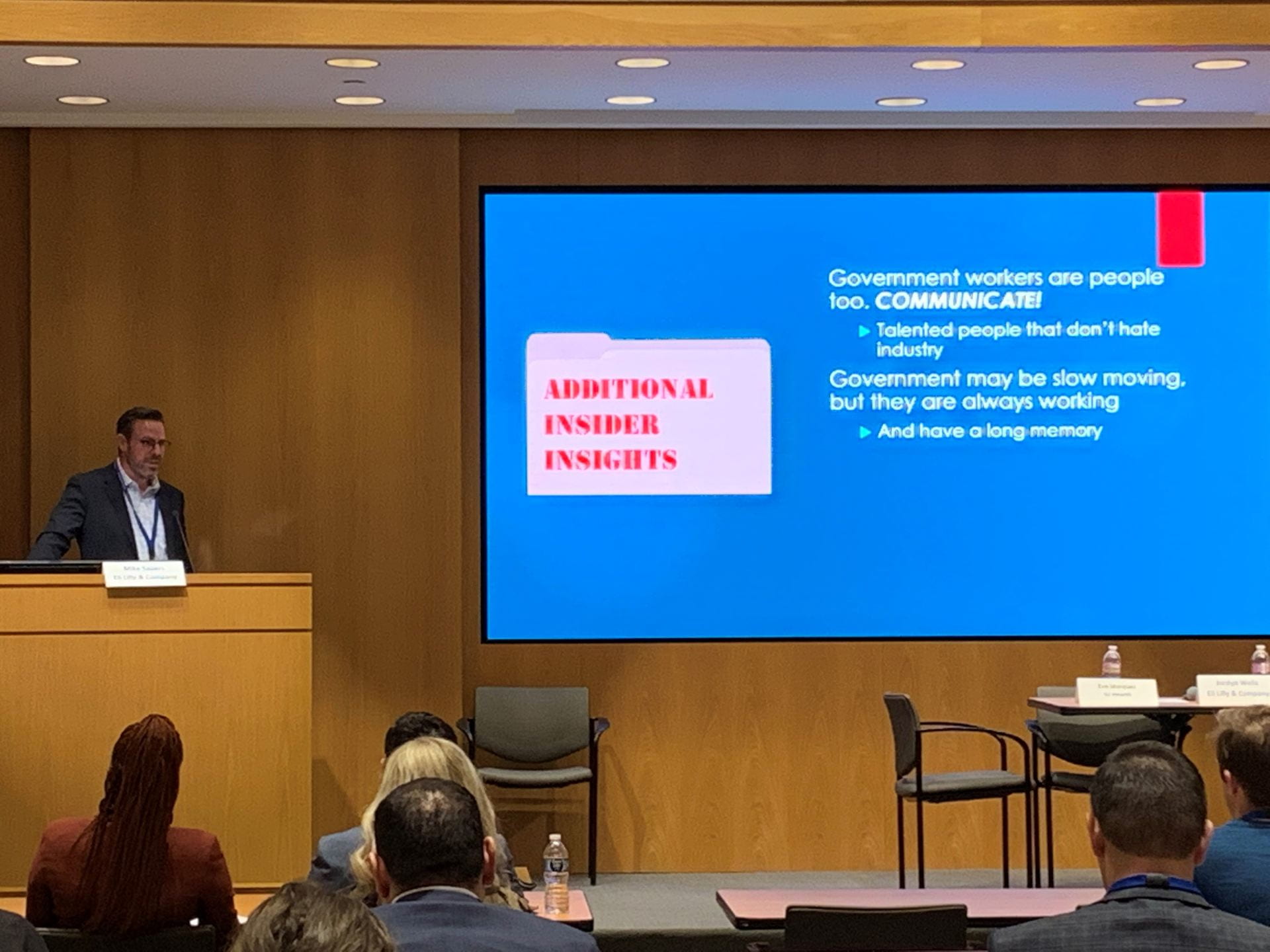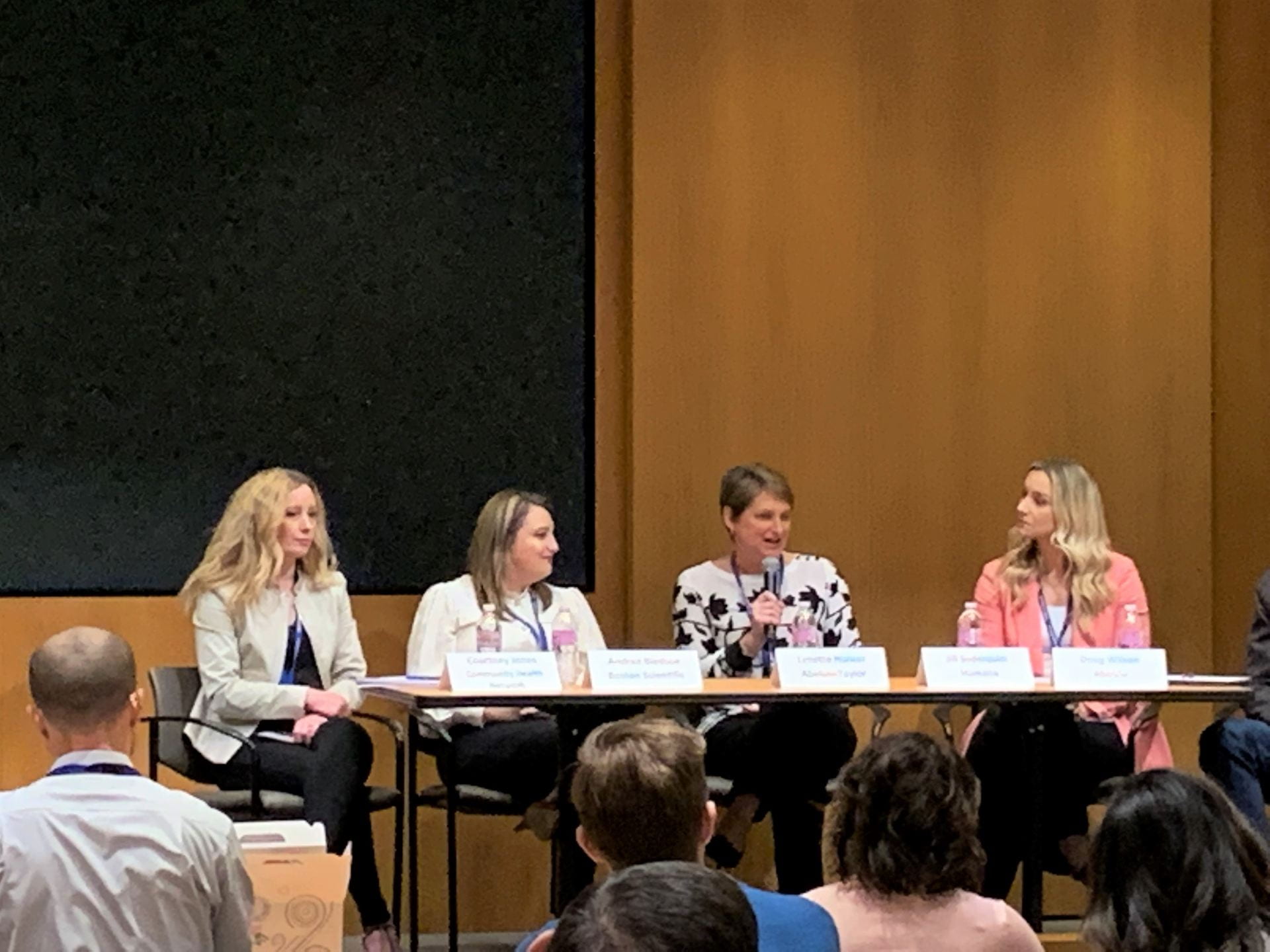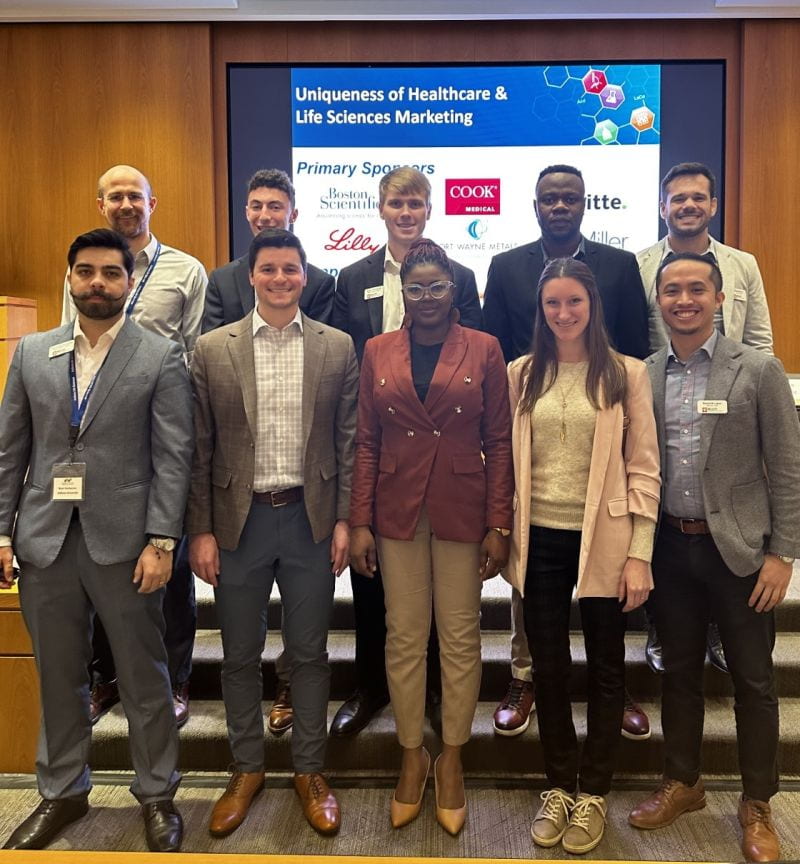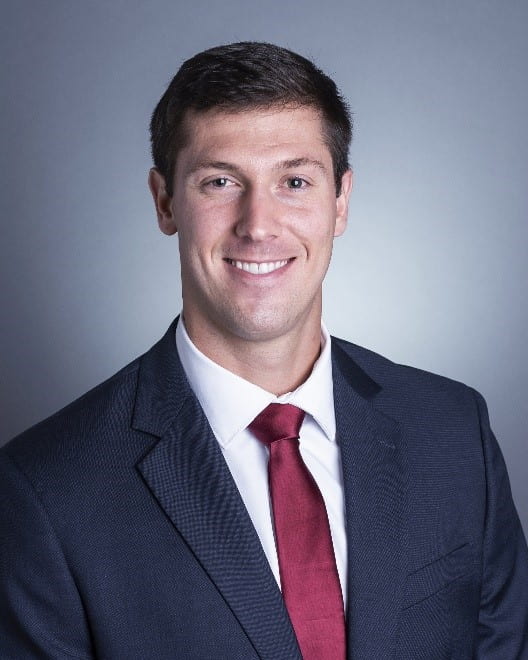
Lane Holmes, Kelley Life Sciences MBA Class of ’24 & J&J summer ’23 intern.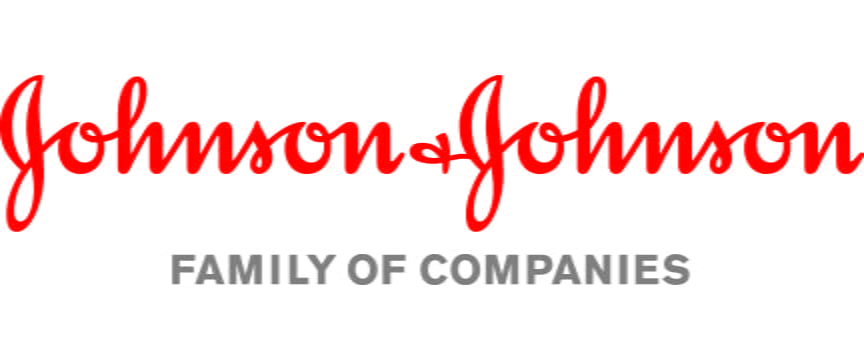
Interview by Deepti Singh, Kelley Life Sciences MBA Class of ’24
Which program and/or functional area of Johnson & Johnson were you a part of?
I was a part of the MedTech Marketing Leadership Development Program.
What brought you this role/ company?
A Kelley MBA alum introduced this opportunity to me at the Kelley Round Tables last fall. I continued to network with him, and he introduced me to many others who had gone through the same program. Eventually, I met and interviewed with some employees at the MBA Veterans Conference in Atlanta last October. After these interviews and the following 2nd round interviews, I was offered the internship position.
What project(s) did you work on?
I collaborated with an external agency to update a medical device educational program, and I created content for presentations and videos that inform health care professionals on innovations in surgical stapling. Additionally, I provided a content rollout plan and asset recommendation designed to increase the educational program’s customer engagement.
What was the biggest challenge you had to overcome, and what did you learn from it?
My biggest challenge was the steep learning curve of the healthcare industry. I had no experience working in healthcare, and I had to find a way to quickly ramp-up my healthcare knowledge so that I could add value to the project by the end of the 12-week internship. I dedicated many hours to learn about medical terminology, surgeries, the company’s products, and healthcare regulations. Fortunately, I had a great team to support me. The other marketing managers helped my learning curve and answered all my questions. It felt like everyone at J&J wanted to see me succeed. I learned that I can learn a lot from those around me if I spend time building relationships with my co-workers and helping them in any way I can.
How was your experience networking with different colleagues at your company?
Johnson & Johnson is a very people-oriented organization. Employees are expected to get to know those they work with to build a strong team. I was able to meet with every person I was interested in talking with. This includes outside of my team including employees in various leadership and cross-functional roles across the organization. Additionally, I had fun getting to know my colleagues outside of work at various fun events in Cincinnati. We went to lunches, professional sports games, kayaking, and other team building events throughout my summer.
Has this experience changed your overall career goals? Did you identify any skills that you would like to develop as you return for the second year of the MBA program?
This experience didn’t change my career goals necessarily, but it helped confirm what I thought to be most valuable aspects of my professional career. Working in an industry that serves a higher purpose and being on a team with a good culture are my biggest priorities.
I did identify a few skills I would like to develop in my second year at Kelley. I redesigned my class schedule to help me fine-tune my financial and business analytic skills.
Are there any suggestions you would give to future students that are about to begin their summer internship?
I suggest future students should spend time identifying what their top career priorities are, develop real relationships with co-workers, and provide meaningful value on your project!


